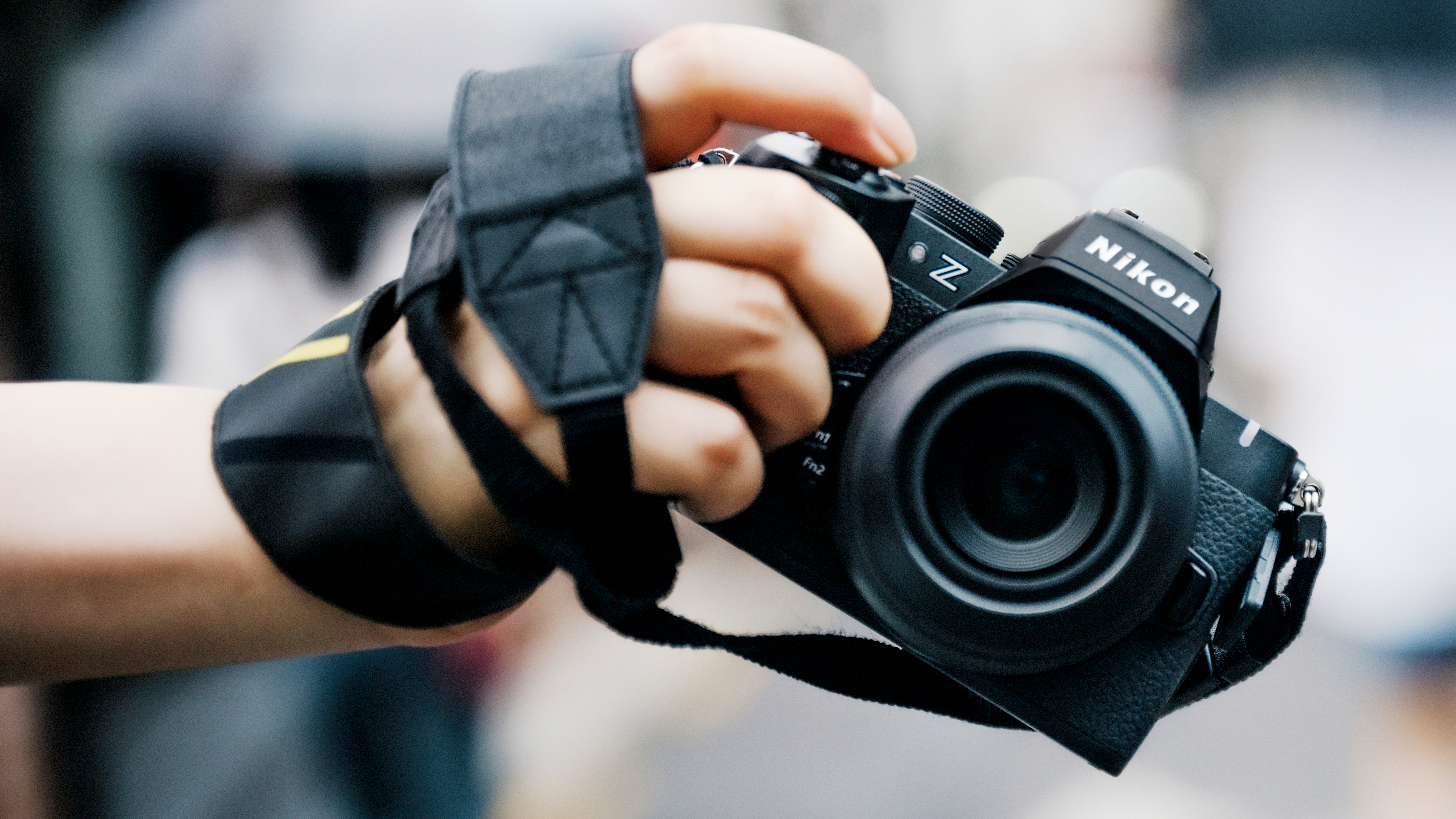
Nikon has announced the long-awaited update for its first-ever crop-sensor mirrorless. The Nikon Z50 II is to replace the original Z50, half a decade after its launch in 2019.
Much of the headline specs remain unchanged, with the same 20.9MP image sensor, 100-51,200 ISO range and 11fps max shooting rate – and there's still no in-body image stabilizaton. But at its heart is the latest Expeed 7 processor, the same top-of-the-line chip found in the Nikon Z9, Z8, Z6 III and Zf full-frame cameras.
Like putting a Ferrari engine into a Fiat 500, this turbocharges the updated camera's performance, vastly improving autofocus, subject tracking and video, and inheriting a bunch of trick modes from these cameras higher up the range.
Other headline improvements are a brighter viewfinder, a larger rear screen that flips out (rather than flips down), improved control layout and a more comfortable grip, all of which. But the most noticeable visible difference that sets it apart from all other previously released Z-series cameras is that it gets a brand-new button…

Take control
The Picture Control button is located on the top plate, next to the exposure mode dial. While Nikon cameras have had Picture Controls for years – which assign different looks to images processed in-camera – these have traditionally been accessed via the menu system, and this new direct-access button is aimed at applying these unique looks to images quickly and easily.
It should be noted that Picture Controls are only applied to JPEGs rather than RAW files, although the look will be carried across with the RAW if opened in Nikon’s NX Studio software.
The way that Picture Control settings are displayed has changed, too, to make it clearer to see the effect, with a preview taking up the entire rear screen rather than just showing as a small thumbnail (as on the Z50). You can also limit which Picture Controls are available, so that only your favorites are displayed for quicker access, rather than having to scroll through all the options that you may never use.
The Z50 II is compatible with the new Nikon Cloud service, which enables you to download Picture Controls created by others, including those made by Nikon Creators. It joins the Z6 III as the only other camera currently compatible with Nikon Cloud and shares the service's other benefits, too.
It automatically uploads images from your camera to cloud services of your choice when in range of Wi-Fi networks, as well as providing automatic over-the-air firmware updates straight to the camera, rather than having to go through the rigmarole of having to download the firmware file to your computer, copying it onto a memory card, and delving through the menu system to apply the update.
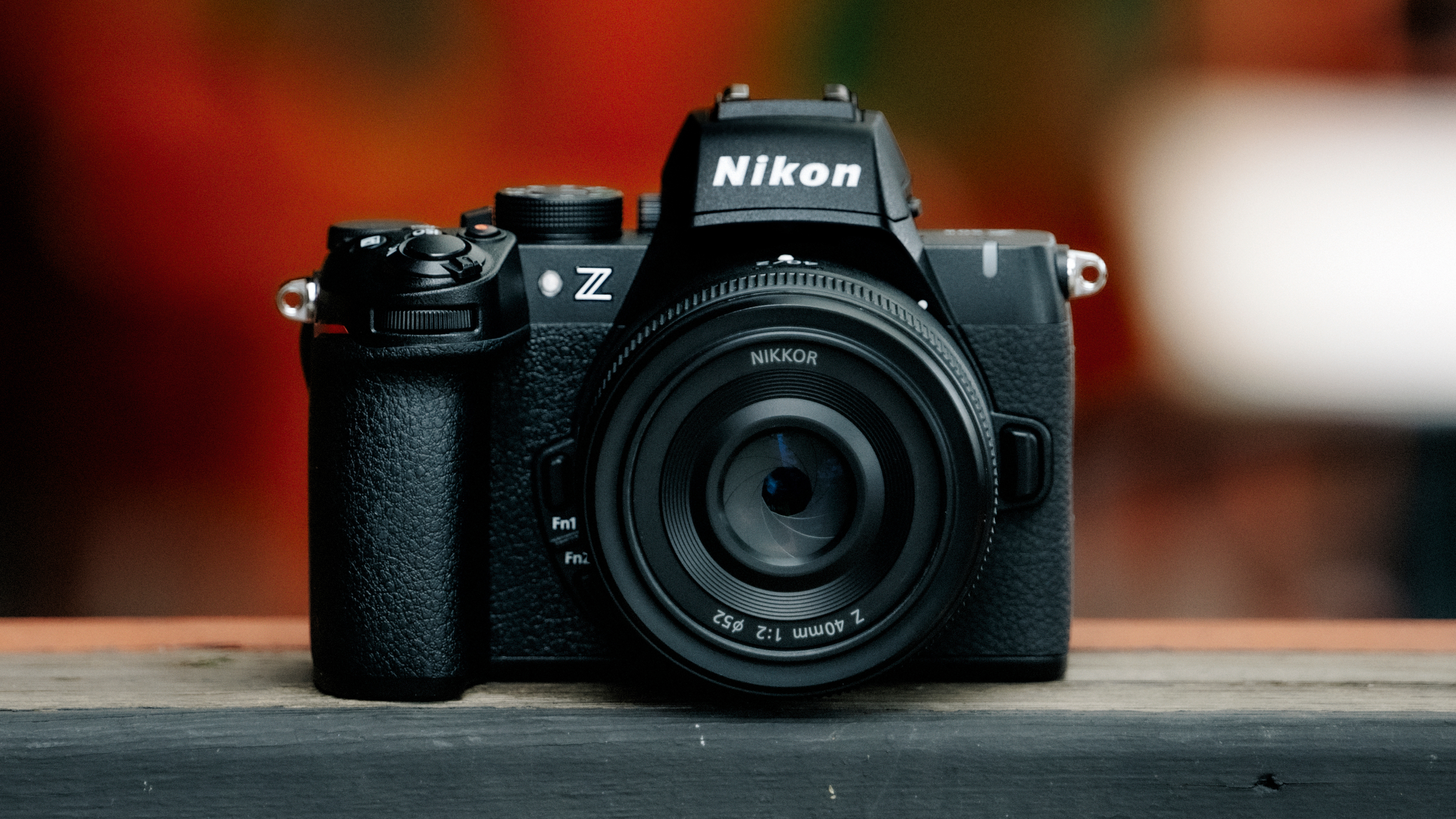
Improving the view
The viewfinder has been upgraded to be twice as bright as in the Z50 (and similar competitor cameras), with 1000nits of brightness compared to its predecessor's 500nits.
This makes it easier to compose images when shooting in bright light – and the brightness is automatically toned down if shooting in darker environments, for more comfortable viewing. However, those hoping for a super-high-res EVF, like in the Z6 III, will be disappointed, as it’s the same 2.36 million-dot display as found in the original Z50.
The vari-angle touchscreen display now flips out to the side, rather than below the camera as in the Z50 (which made for extremely awkward selfie-viewing when the camera was mounted on a tripod).
All text and other overlaid information now rotates to match the orientation of the camera, too, so you don’t have to crane your neck to make sense of your settings when shooting vertically.
The 3:2 ratio display is physically larger than its predecessor, at 3.2 inches rather than 3 inches, though the resolution remains the same at 1.04 million dots.

Helping creators create
Nikon has made some big strides with the Z50 II when it comes to video. When shooting in standard 4K 30p, video is oversampled from 5.6K – so it's uncropped, to reproduce the attached lens' native angle of view. It is also capable of recording in a 4K 60p slow-mo mode, although this does apply a 1.5x crop, and there’s a FullHD 120p mode for footage that's a quarter of the speed of the original.
There's a 2x digital zoom on offer, but this doesn't come at the expense of image detail (as is traditional with digital zoom) as the camera crops progressively into the area of the sensor so it still provides FullHD resolution.
The pair of function buttons on the front of the camera (as well as other control options) can be used rather like a rocker switch, to smoothly zoom in and out at 11 different speeds for smooth transitions. While the camera doesn't feature in-body image stabilization, video can be stabilized electronically – again by selectively cropping into the image area of the sensor.
N-Log recording has a full 10-bit codec, to offer greater flexibility for capturing color and tones without blowing highlights or losing shadow detail, while offering greater flexibility when color grading.
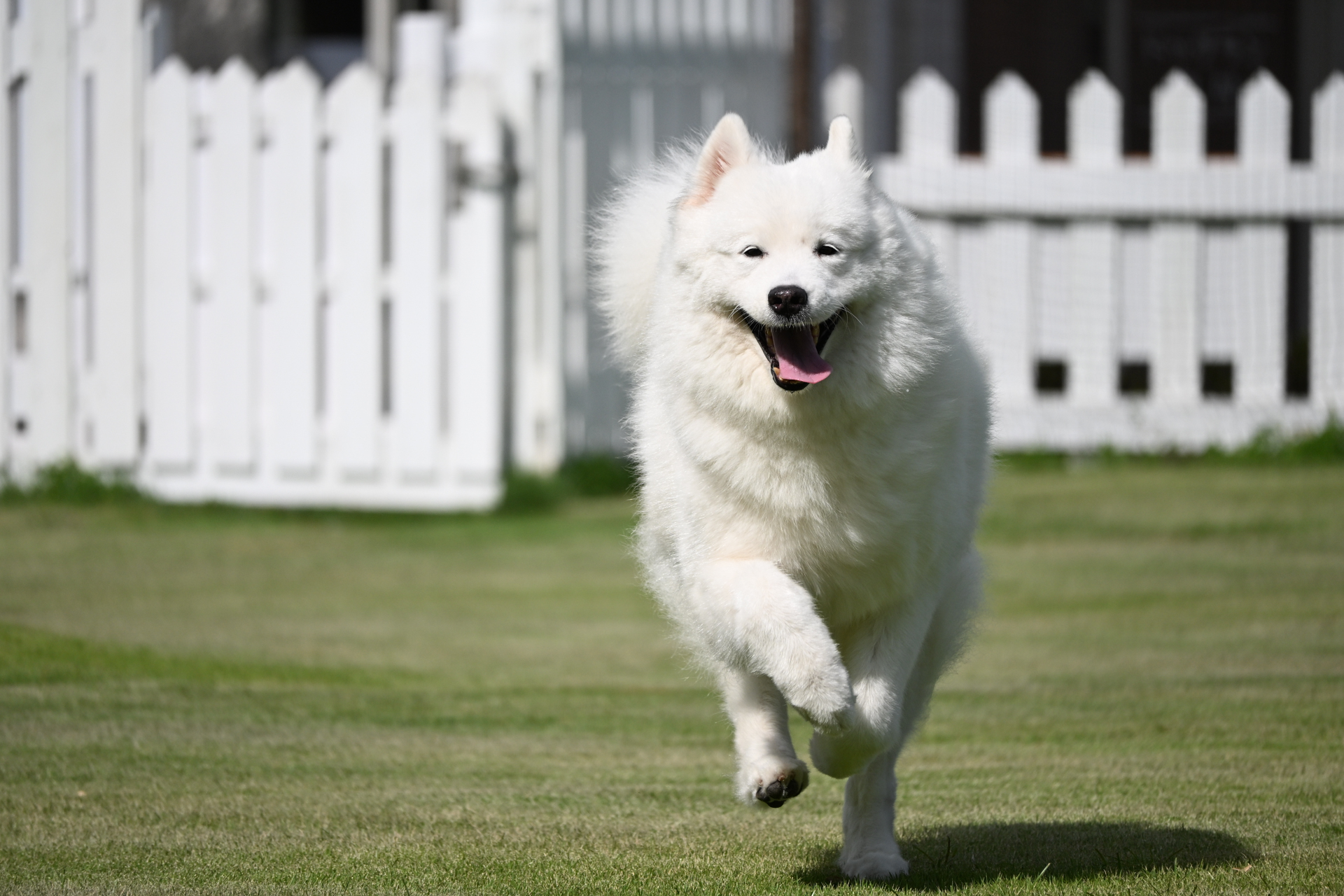
Nikon has vloggers firmly in its sights – or viewfinder – adding a new Product Review mode that automatically switches focus between people and objects.
The camera uses its AI-based face and eye tracking to keep focus trained on the person but when a new object is introduced into the frame and brought closer to the camera, the camera will focus on that, switching back to the person when the object disappears from the frame.
It’s ideal for review videos, and there are plenty of options available for setting the size of the focus area so that it doesn’t switch focus on things when you don’t want it to.
Another vlogging-friendly feature is that you no longer have to connect the camera via Nikon’s Webcam Utility software. It is now automatically recognized by computers and smartphones as a plug-and-play device when connected via USB, enabling direct streaming to platforms such as Twitch, YouTube Live and Zoom.
Familiar feel, flagship chip
As noted, the Nikon Z50 II has the same 20.9MP sensor as its predecessor – but this time it’s paired with an Expeed 7 processor, rather than the Expeed 6 of the previous-generation camera, which gives a huge boost in performance.
Nikon says that the subject detection and autofocus capabilities are essentially the same as found in its flagship cameras, with nine types of subject recognition giving the Z50 II the ability to track people, animals and birds, as well as planes, trains and automobiles, all with 3D tracking.
The Expeed 7 under the hood also offers enhanced responsiveness to different scenes in Auto Exposure mode, and inherits the Z8 and Z9's Pre-Release Capture mode, where the camera automatically takes photos in the background before the shutter is fully depressed, enabling images to be captured where you may otherwise miss the movement.
Up to a second’s worth of images are captured, at full resolution up to a maximum of 30fps, all with full autofocus and autoexposure, but the caveat being that the pre-release images will be JPEGs rather than RAW files. The Expeed 7 also endows the camera with faster startup times, so it’s ready to go the instant you turn it on.
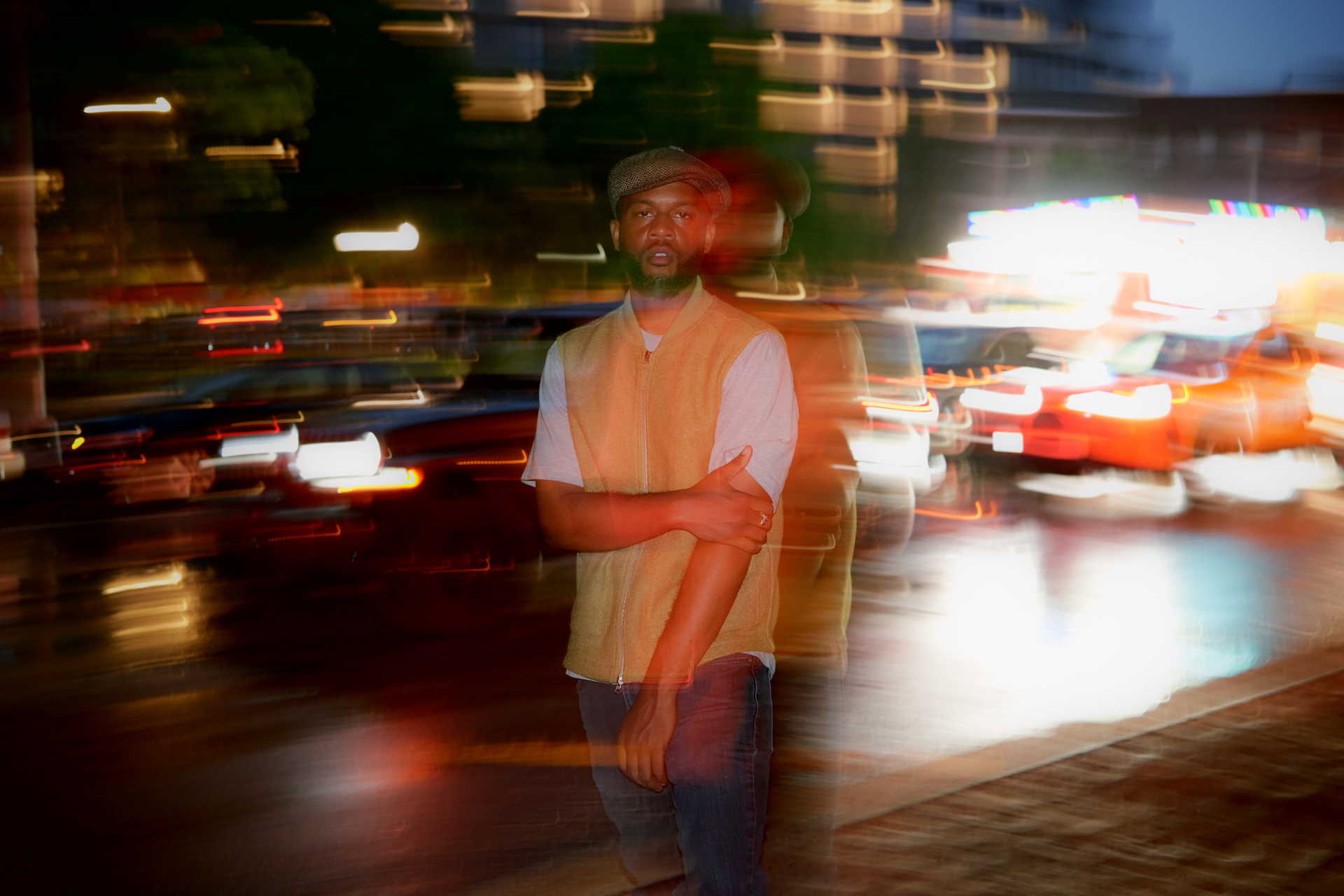
The camera has a much-improved Auto-switch autofocus (AF-A) mode. Designed to focus on subjects whose movements are difficult to predict, it essentially switches from Single autofocus (AF-S) to Continuous autofocus (AF-C) if a still subject begins to move.
While this has been available on Nikon cameras for many, many years (alongside similar systems in other manufacturers’ cameras), it has been a bit hit-and-miss in previous iterations, and reliability has been improved immeasurably, according to Nikon.
While the sensitivity range remains the same as in the Z50, topping out at ISO51,200, Nikon says that the resultant high-ISO images are crisper and exhibit fewer signs of noise, dramatically improving the quality of images taken in low light conditions.
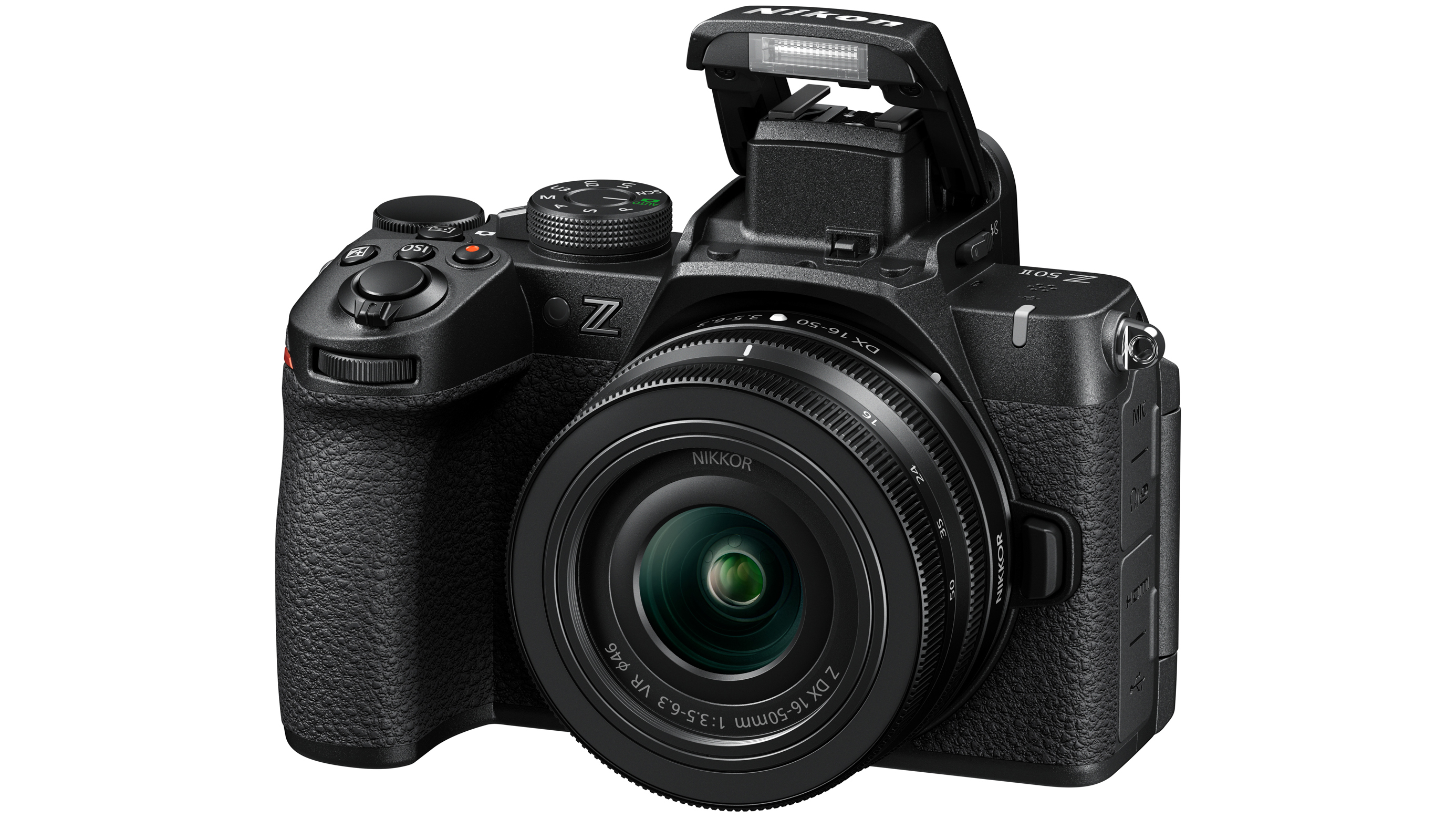
It retains the pop-up flash of its predecessor (the Z50 line remains Nikon's only Z-series camera with a built-in flash) and while this low-powered device doesn’t offer the full functionality of one of the best flashguns, it’s undeniably useful when all you need is a blip of fill to help your subject stand out in harsh light.
It also works with the Nikon Creative Light System, so can act as a Commander unit to remote standalone flashguns.
In addition to the top-plate Picture Control button, the control layout has been completely revamped compared to the Z50 and follows the conventions of cameras higher up the range. Whereas the Z50 relied on virtual ‘soft’ controls on the rear screen, for functions such as zooming or switching display options, the Z50 II has physical buttons instead.
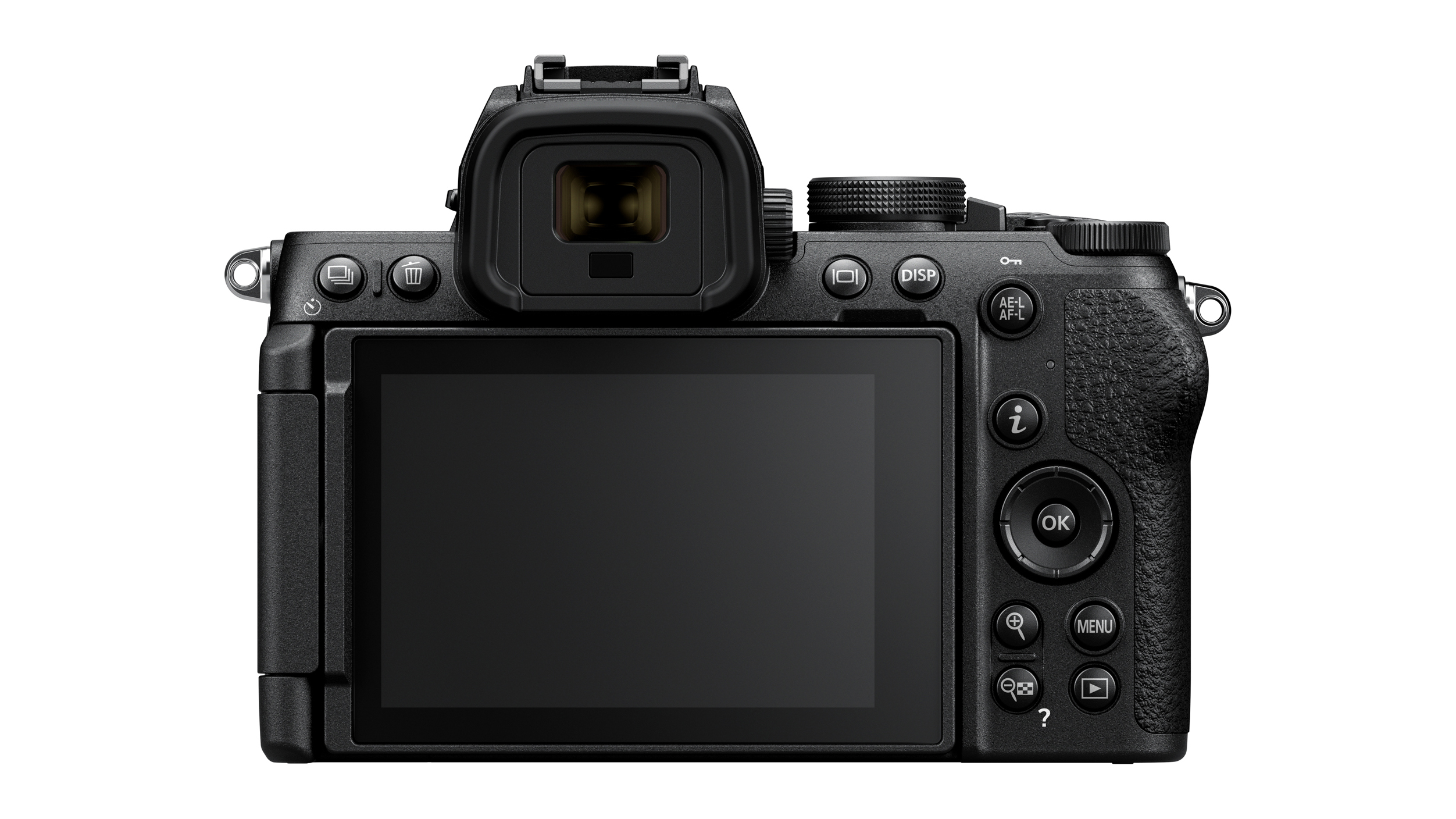
While the body remains compact and lightweight at 127 x 97 x 66.5mm and 465g, a redesigned grip makes it more comfortable to hold, while the EVF protrudes less for a more streamlined look. The eyepiece is no longer removable (without using tools), avoiding the danger of it accidentally slipping off.
Nikon says that it sees the Z50 II as appealing to a younger audience of content creators, influencers and vloggers, where video is just as important as stills photography, and is priced to be attractive to the Gen Z market.
In addition, Nikon has released a new wired remote control that works exclusively with the new camera. The MC-DC3 uniquely plugs into the headphone socket (as the camera doesn’t have a dedicated remote port) and features the ability to focus with a half-press, as well as Bulb mode compatibility for long exposures, by keeping the shutter fully pressed for as long as the exposure is desired.
The Nikon Z50 II goes on sale at the end of November and is available body-only for $909.95/£849, or with the popular 16-50mm kit lens for $1049.95/£999.
There’s also a double kit lens option, which adds a 50-250mm telephoto zoom, that sells for $1,299.95/£1,199/AU$2,199.
In Australia, the camera will be initially sold bundled with the Nikkor Z DX 18-140mm f/3.5-6.3 VR zoom for AU$2,199.
Not made your mind up? See our guides to the best Nikon cameras and best cheap mirrorless cameras, as well as the best cameras for vlogging.







